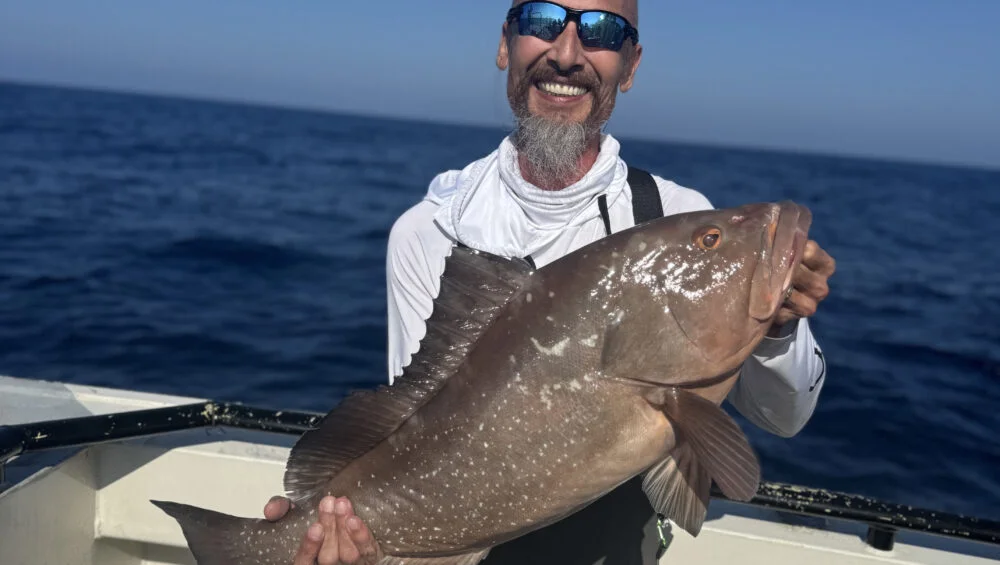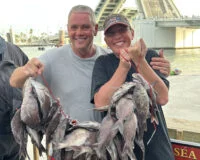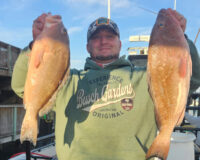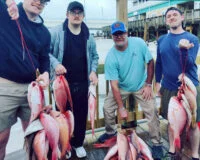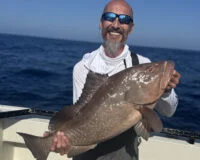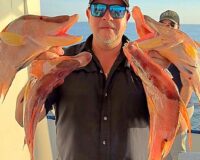Inshore Fishing Report
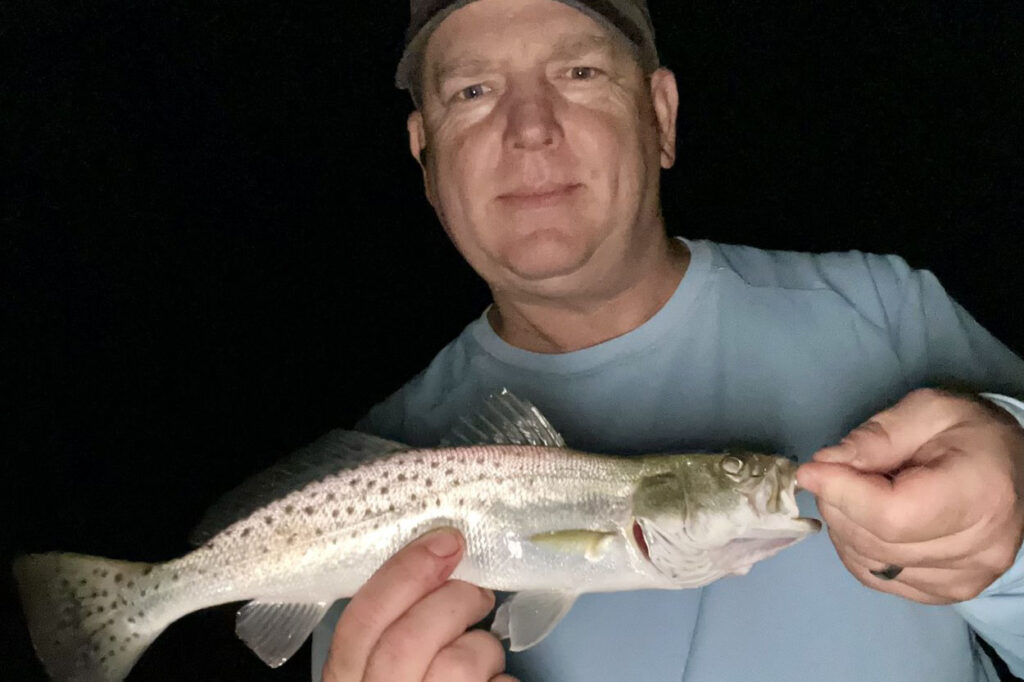
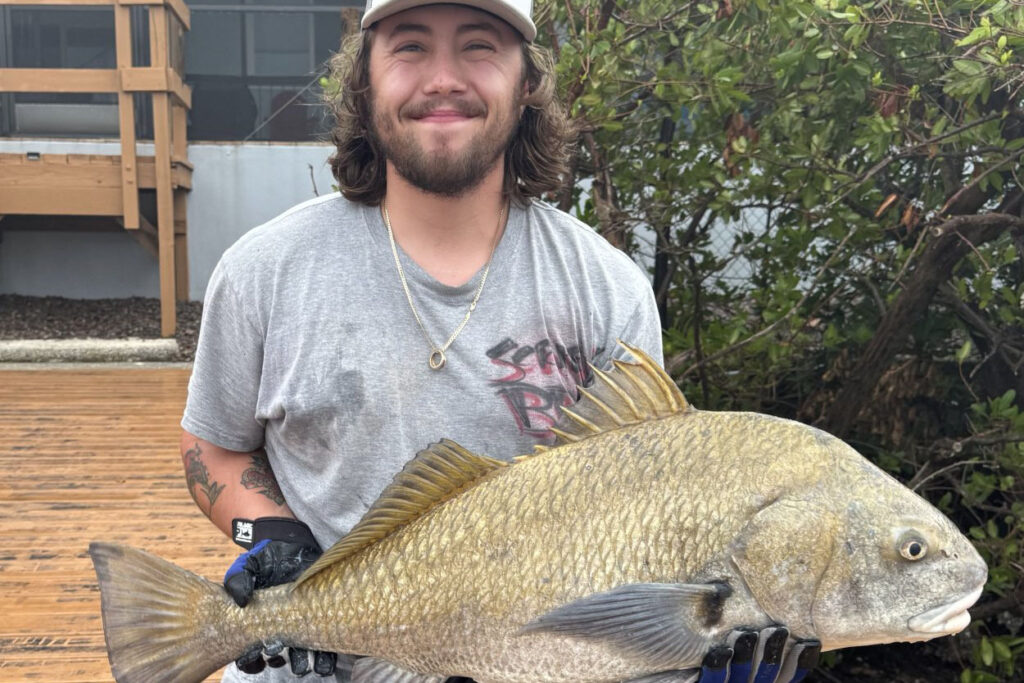
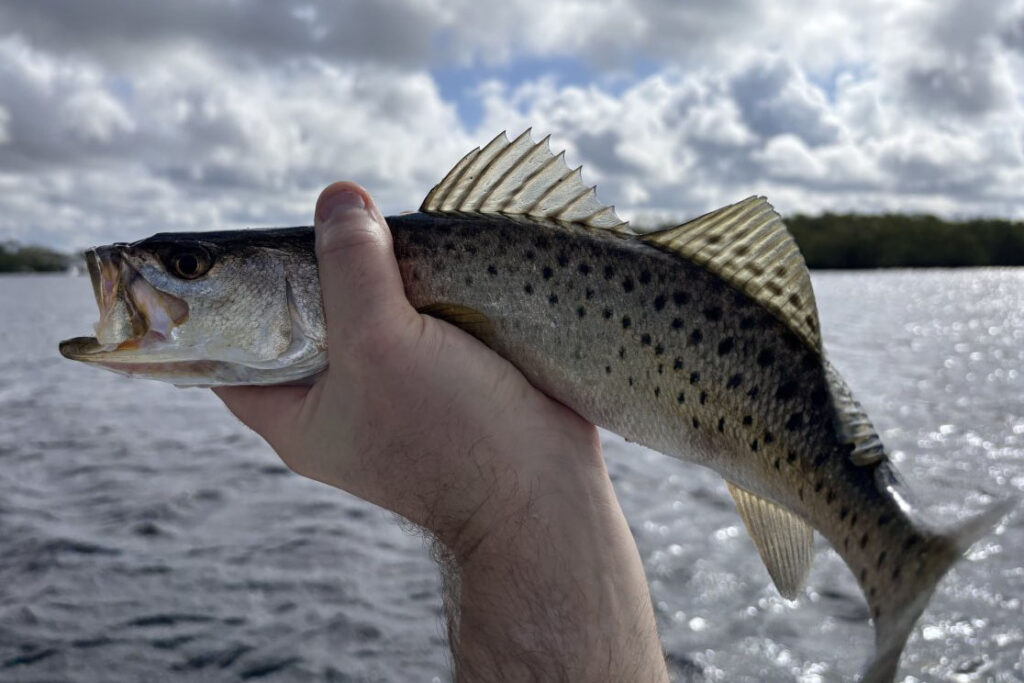
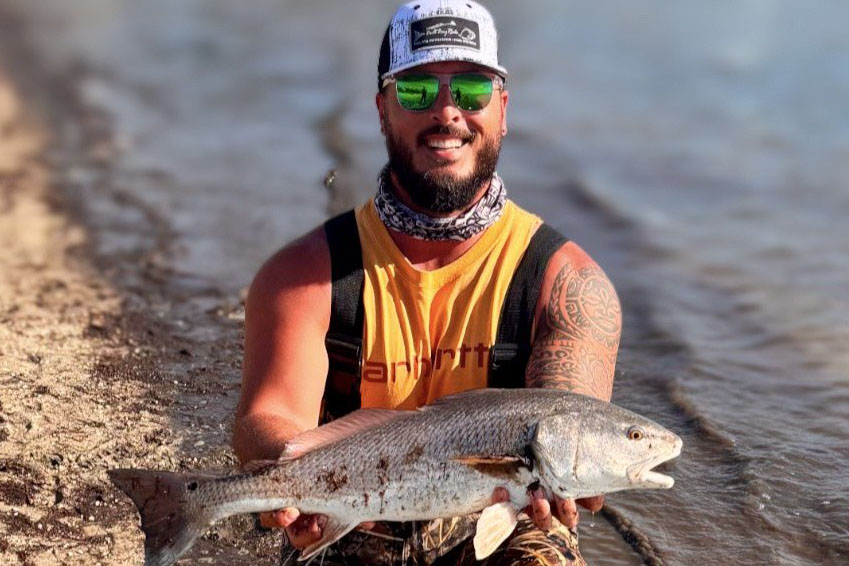
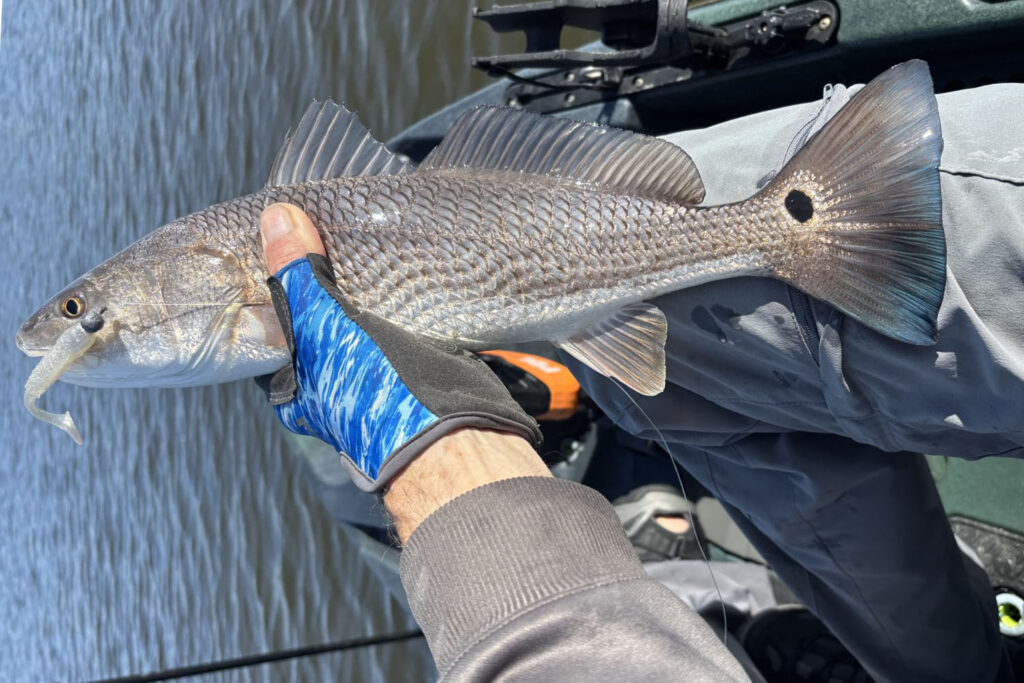
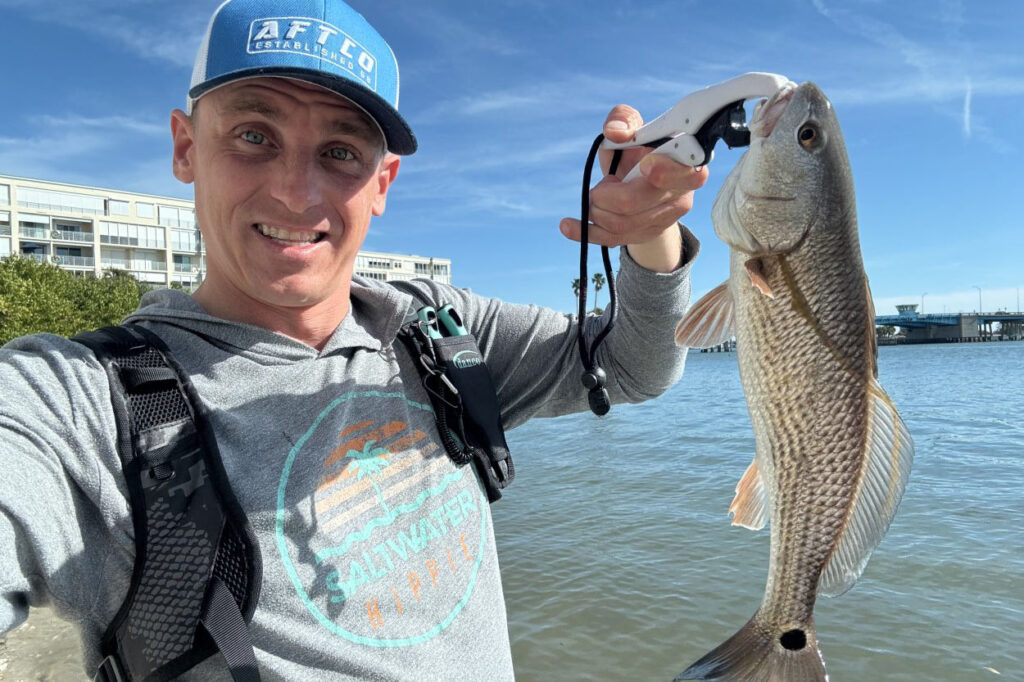
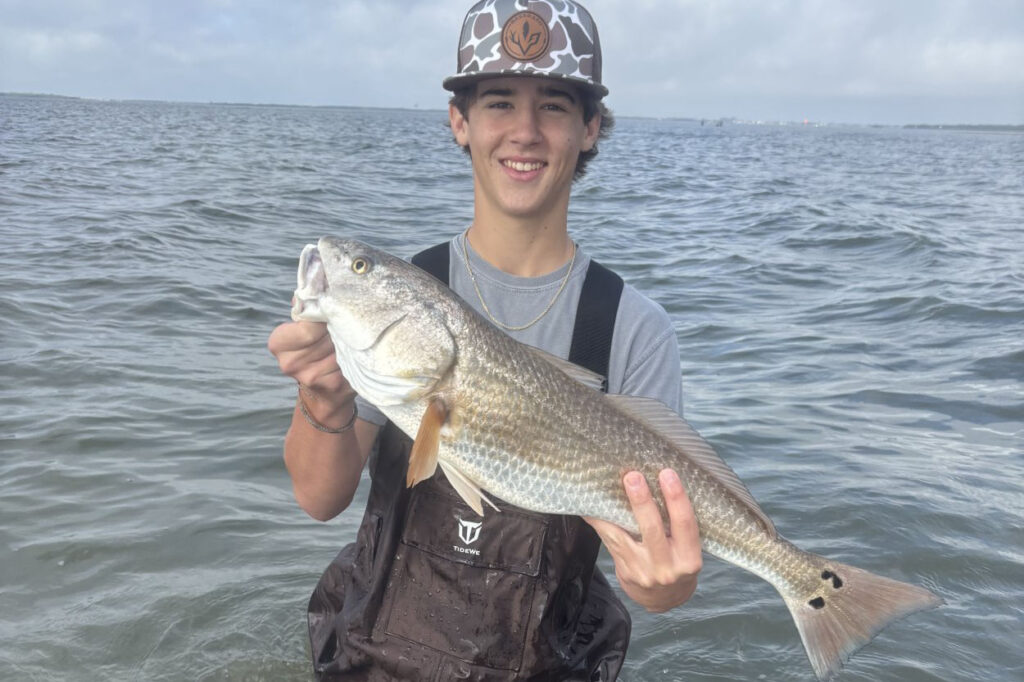
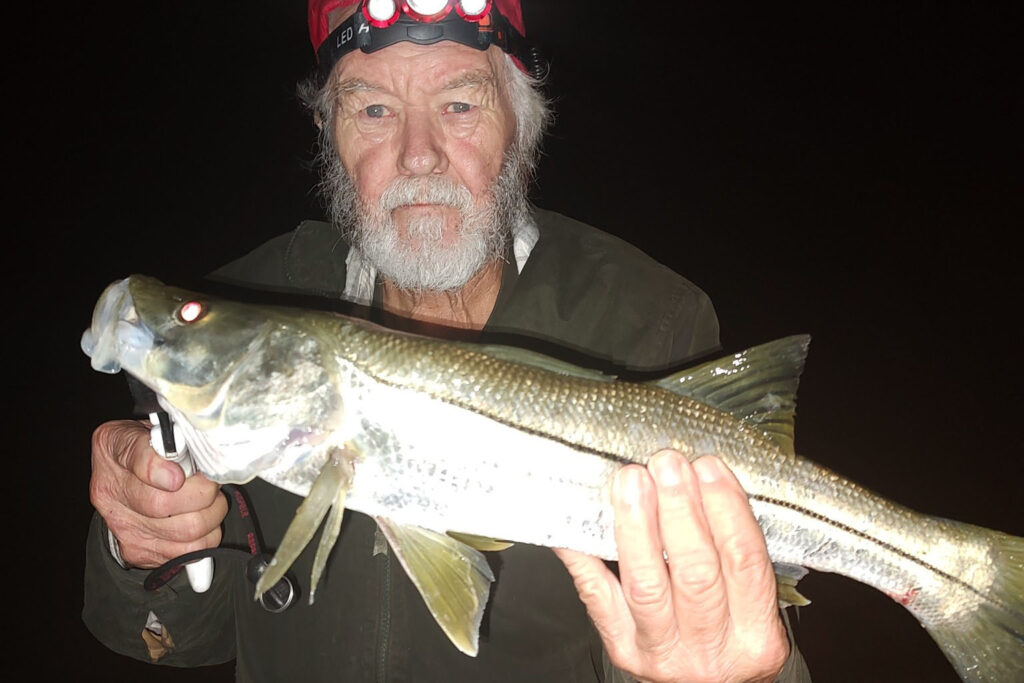
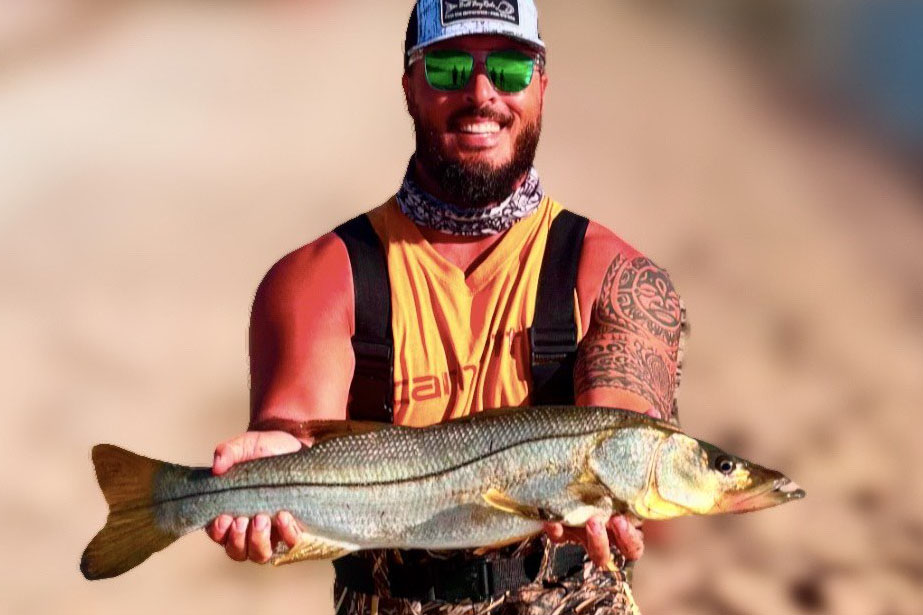
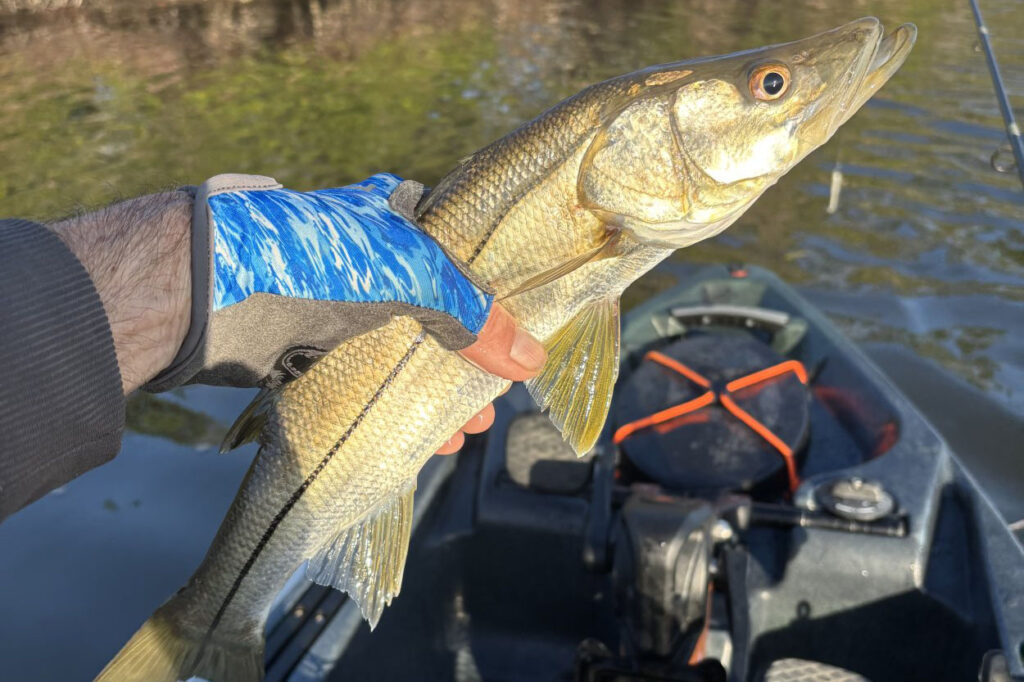
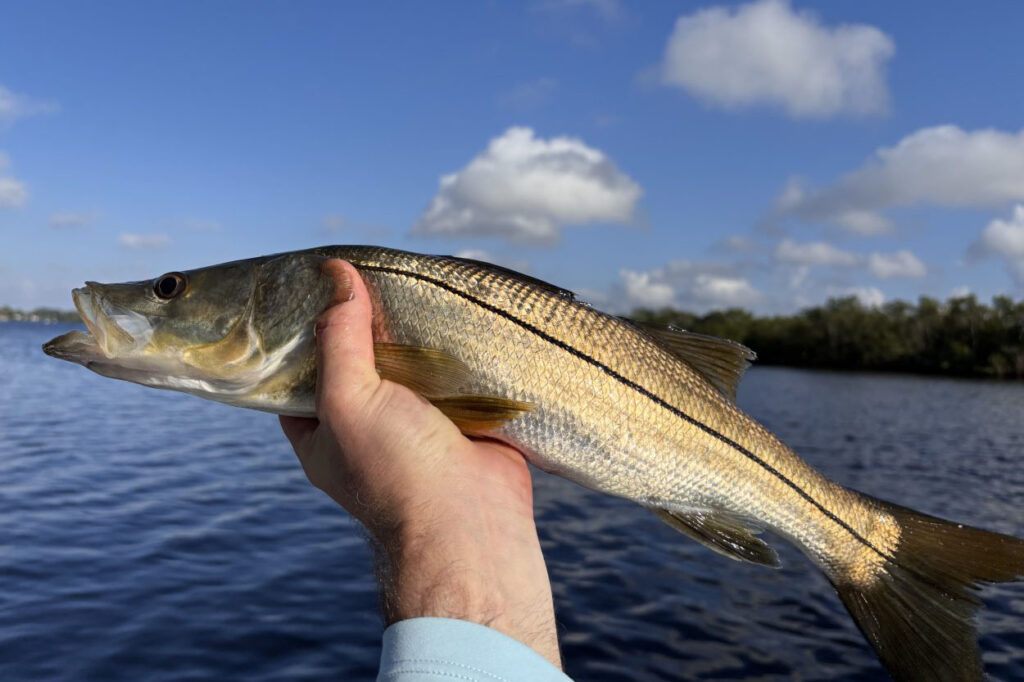
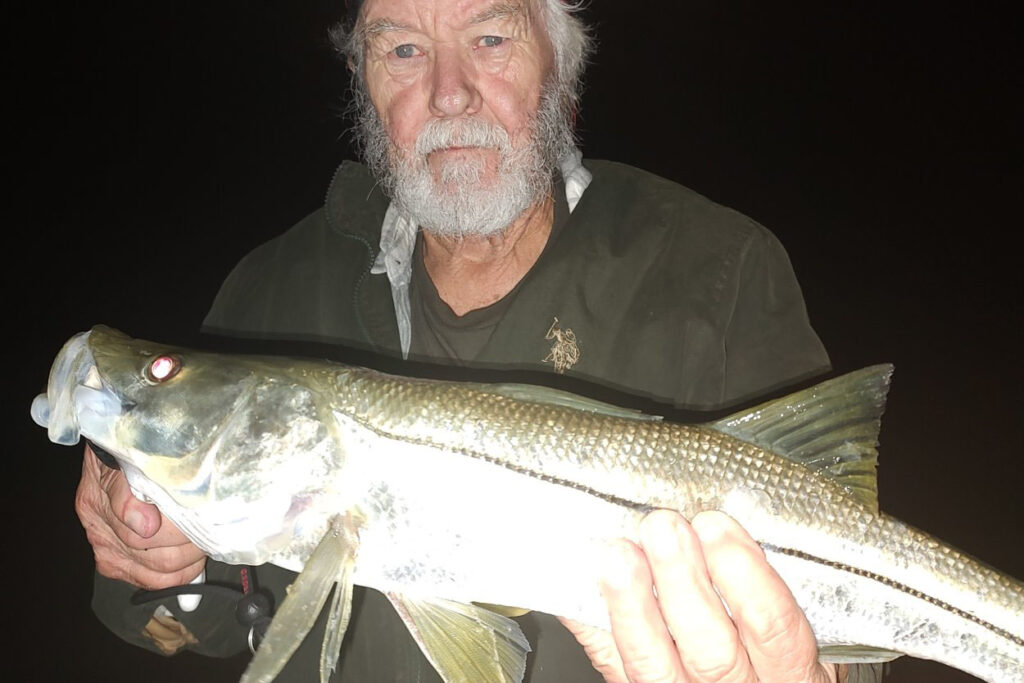
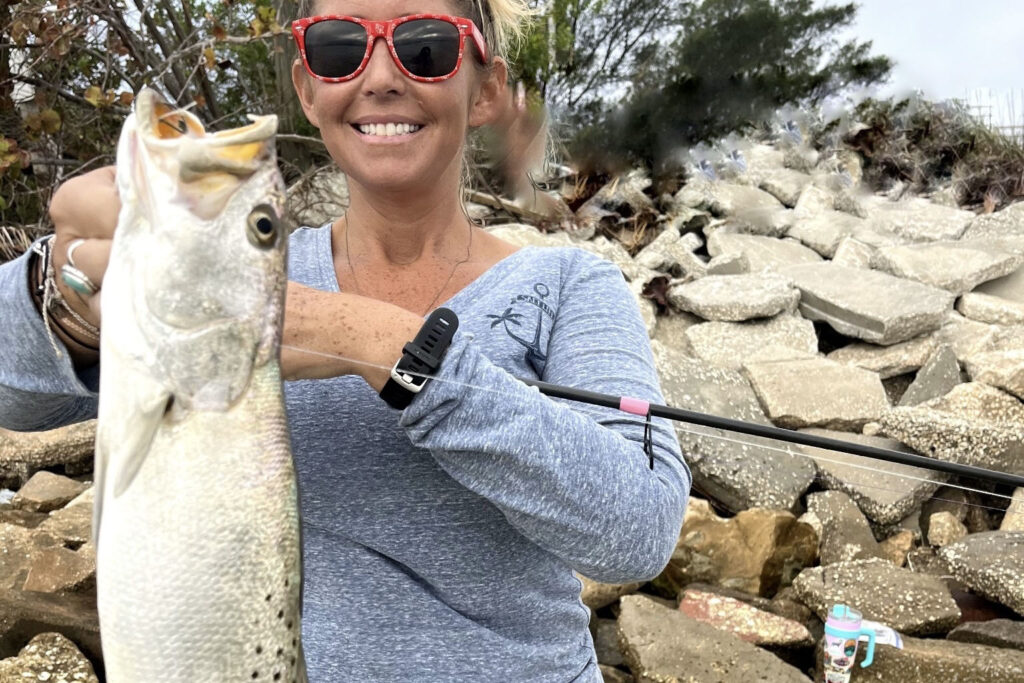
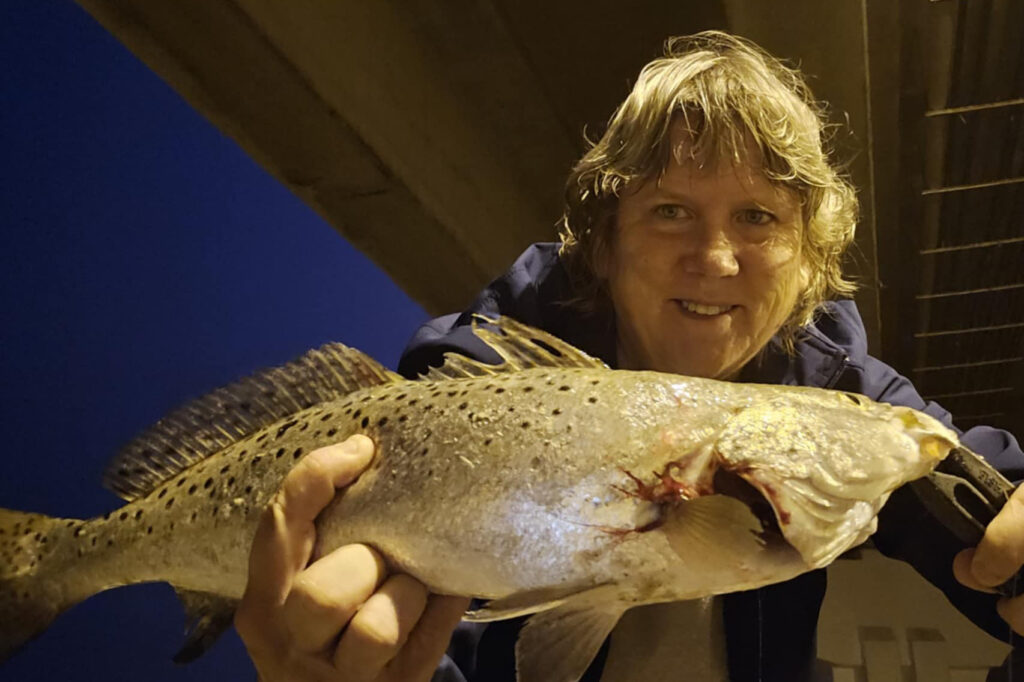
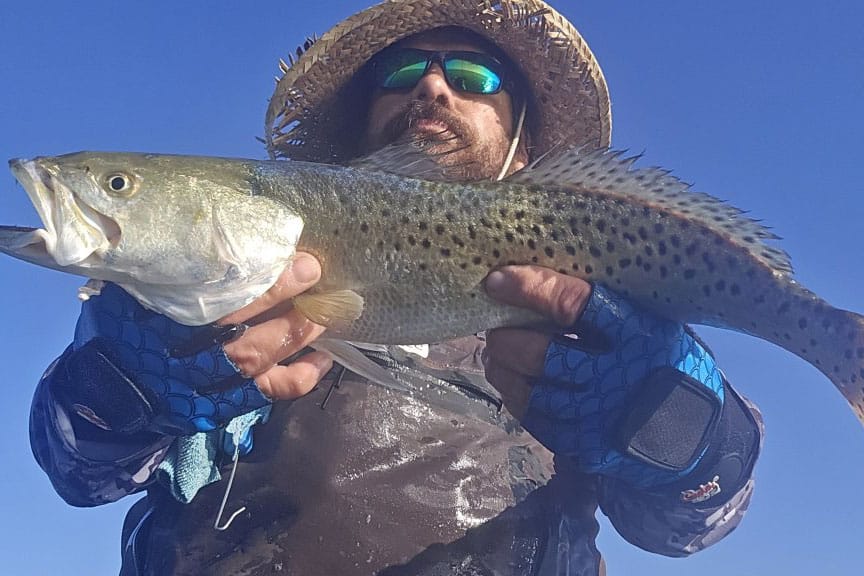
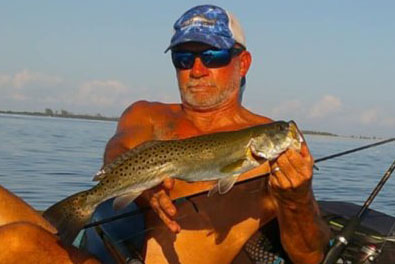
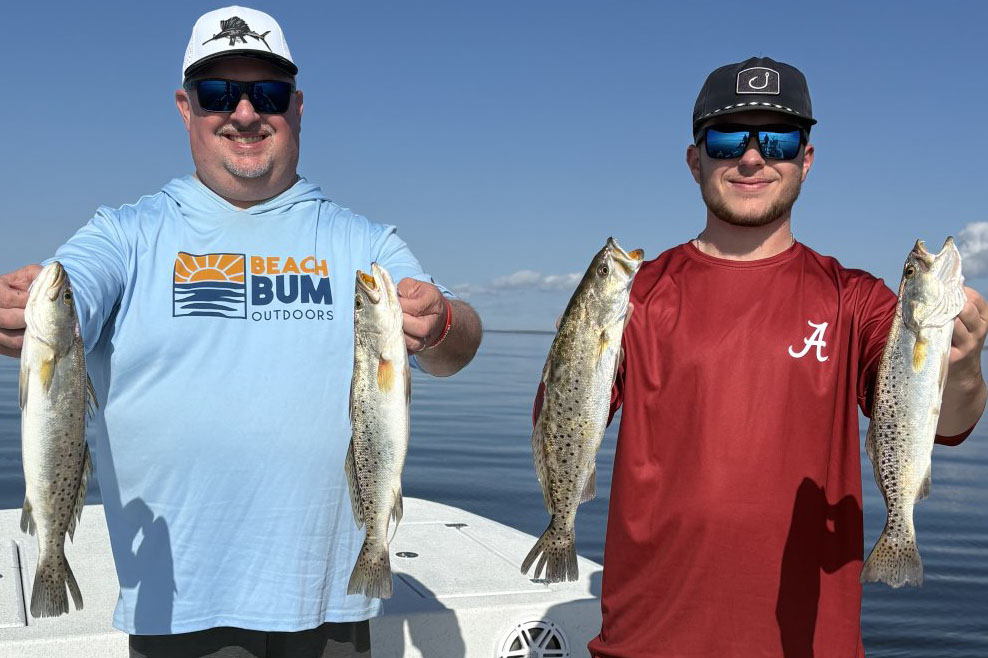
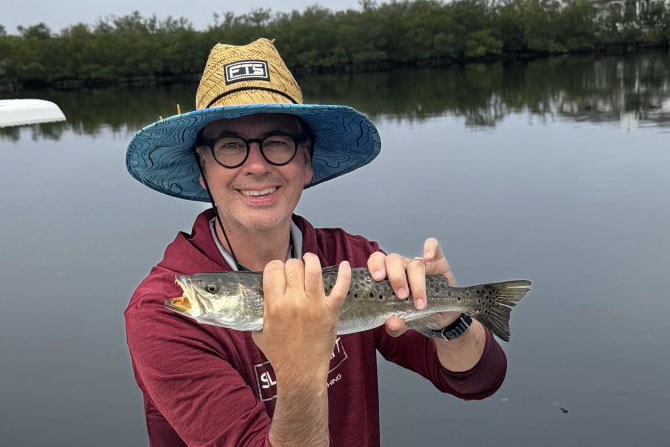
Redfish Action is Hot
Redfish have been thick throughout the area, offering reliable action for anglers. These fish are active in a variety of locations, including the beaches, jetty, bridges, dock lines, flats, oyster bars, and mangrove shorelines. Look for mullet schools, diving birds, or bait activity to locate redfish. Live shrimp is a top bait choice to entice these aggressive feeders.
Sheepshead Picking Up
While recent warmer weather has slowed sheepshead action, the upcoming cold fronts should bring them back in force. Look for them around docks, piers, bridges, jetties, and rock piles—any structure with barnacles or oysters. They’re best targeted with small pieces of shrimp, cut oysters, clams, or fiddler crabs. Lighter tackle and minimal weight are key for success close to these structures.
Trout on the Move
Trout fishing has been excellent, with fish spread throughout the back bay waters, mangroves, flats, oyster bars, and even around docks and bridges. Nighttime fishing under dock and bridge lights has been particularly productive. Live shrimp freelined or with minimal weight is the go-to bait. The cooler weather is also bringing out larger trout, so it’s a great time to target them.
Snook Slowing Down
Snook have been more sluggish with the cooler weather, retreating to wind-protected shorelines in the upper and back bay areas. Look for sun-drenched spots and fish during solunar majors and minors to increase your chances. These fish require patience but can be caught on live baits near warm, shallow mud flats or deeper channels.
Flounder Heating Up
Flounder are becoming more active, with good numbers being caught around sandy potholes on flats, sandbars near passes, and adjacent to structures like docks, piers, and jetties. They respond well to slow-moving soft plastics worked along the bottom or live shrimp.
Pompano Spotty but Present
Pompano have been hit or miss, but anglers targeting sandy-bottom areas near passes and cleaner water are having some success. Use pompano jigs bounced along the bottom for the best chance at hooking these tasty fish.
Sharks Active
Shark action is steady inshore, with bonnetheads and blacktips being the most common catches. Larger sharks are also being hooked on the beaches and around the passes when soaking bigger baits. These fish provide thrilling fights and are abundant right now.
Fishing Tips
- Snook: Use live baits like greenbacks, threadfins, and shrimp, or try flair hawks and soft plastics at night.
- Redfish: Look for them around mangroves, oyster bars, and flats, and use dead baits during higher tides.
- Trout: Target them with soft plastics, white bait, and shrimp around deeper flats and potholes.
- Tarpon: Target them during the full moon with crab flushes, making it an ideal time to target them.
- Flounder: Find them near sandy bottoms and structures, biting on bottom baits.
- Pompano: Be prepared to move frequently to stay on their bite.
- Sharks: Use big dead baits in areas with moving water.
NEarshore Fishing Report
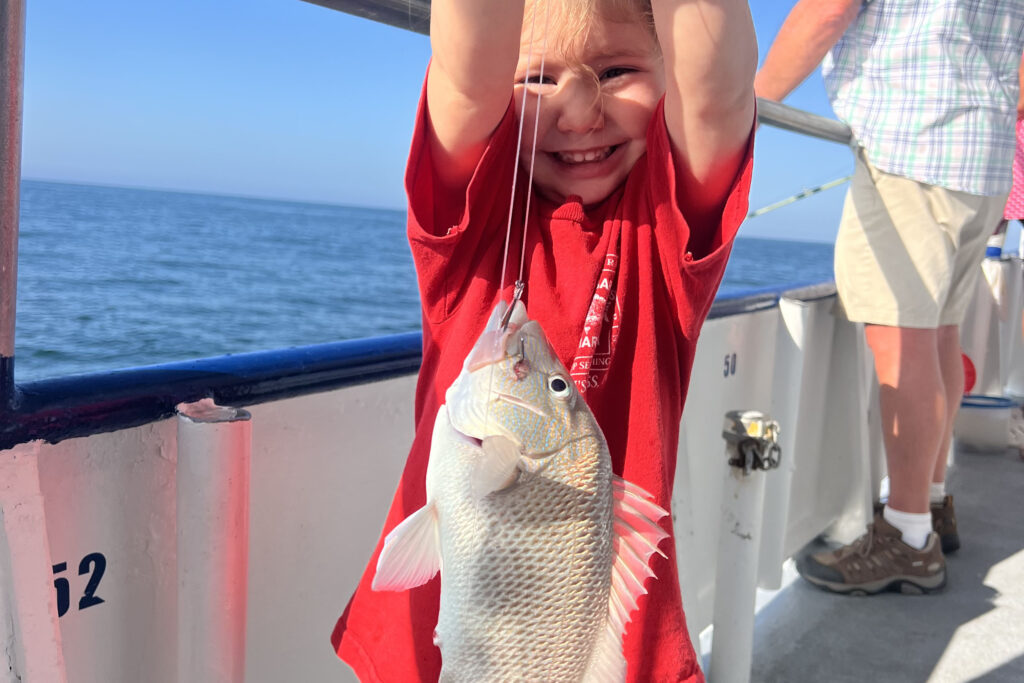
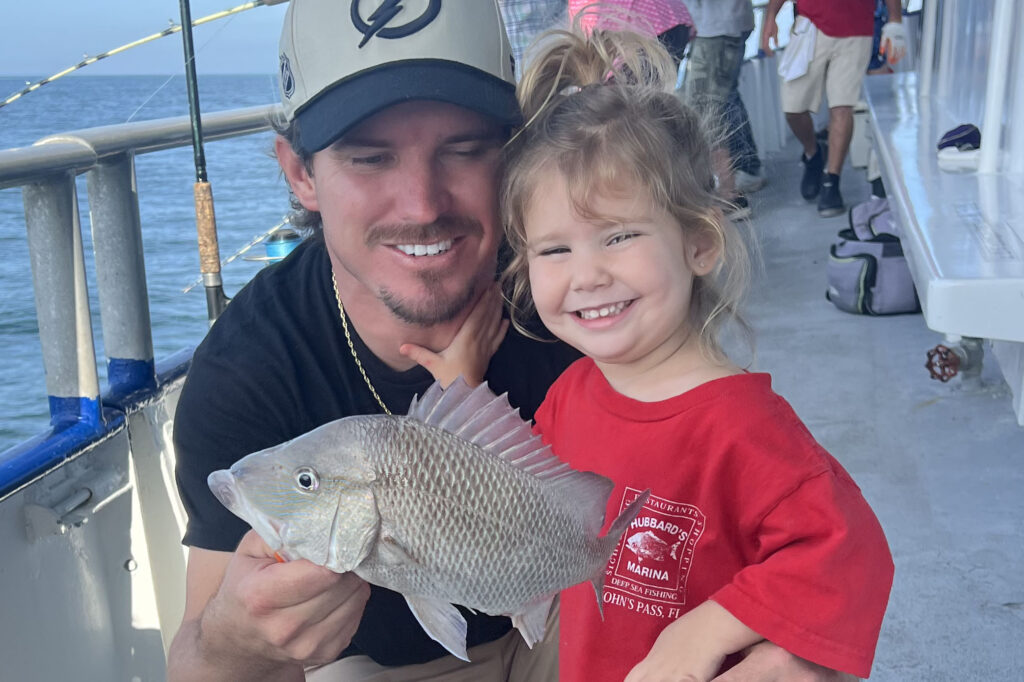
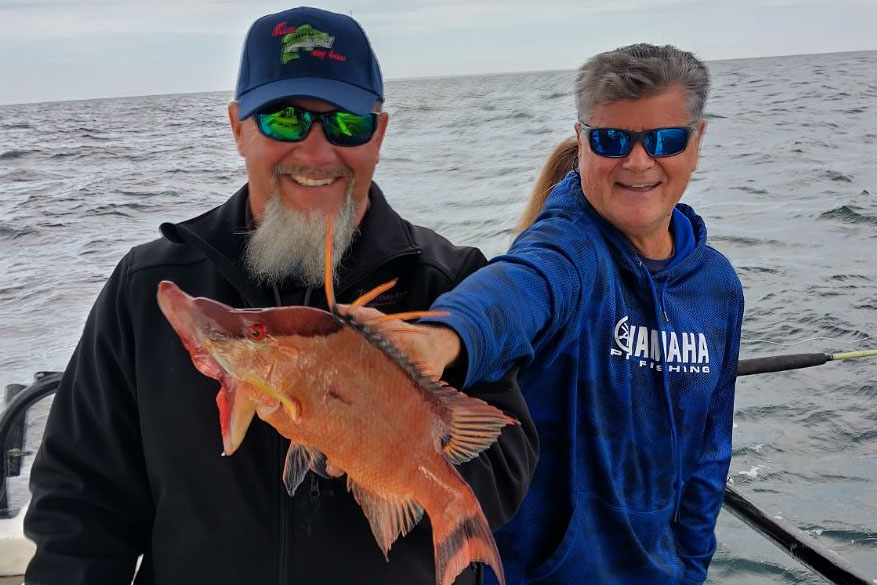
Hogfish Action Going Strong
Hogfish are the star of nearshore fishing, with consistent catches on our 10-hour all-day trips and a few on the 5-hour half-day trips as well. Light tackle is key, using live shrimp with 1-2oz weights, 3-4/0 hooks, and 30lb fluorocarbon leaders. Focus on shallower waters around 40ft to avoid aggressive lane snapper and increase your chances of targeting hogfish.
Lane Snapper Reopen
With lane snapper now open for harvest, anglers are thrilled to add these tasty fish to their coolers. The lanes are biting well on squid, shrimp, and cut threadfins. Targeting them with live shrimp often yields the larger ones, especially when fishing for mangroves and hogfish.
Mangrove Snapper Hit or Miss
Mangrove snapper action has been spotty nearshore, but those targeting them with live shrimp or small chunks of threadfin are catching some nice ones. The bite should improve as we start to fish deeper for lanes and red grouper later this month.
Red Grouper Open Again
Red grouper are back on the menu, and we’re seeing solid numbers in deeper nearshore waters. Target them with live bait or large dead baits like squid strips or whole threadfins. Using 50-60lb leader and 6/0 hooks is recommended for these hard-fighting fish.
Help spread the word about what to do if you hook or entangle a bird. Never cut the line; instead, reel in the bird carefully to dehook and release it. If you accidentally hook a dock, break the line at the hook to avoid leaving any line in the water. Seabirds with fishing lines hanging from them are becoming more common, and this could lead to the closure of fishing areas.
Rising concerns about bird entanglements might result in closing fishing spots, impacting the few available locations around Tampa Bay from shorelines, docks, bridges, or piers. Learn more in our recent podcast with Salt Strong: https://www.saltstrong.com/articles/shutting-down-fishing-at-busy-pier/.
Fishing Tips
- Red Grouper: Target the deepest near shore waters with big dead baits or solid live baits. Use 60 lb test and 7/0 hooks for best results.
- Red Snapper: Use big dead baits like whole squid and bonita strips with heavy tackle to focus on larger fish. Prime trips include the 12-hour extreme, 39-hour, and 44-hour trips.
- Scamp Grouper: Use small to medium pinfish and cut threadfin, especially while targeting mangrove snapper.
- Mangrove Snapper: Near shore, use live shrimp and small chunks of threadfin on 30-40 lb test with 3-4/0 hooks. Offshore, use bigger chunks of cut threadfin or medium pinfish on 40-60 lb test with 5-7/0 hooks.
- Vermillion Snapper: Start around 100 feet of water using cut squid or threadfin. These fish are aggressive and not leader-shy.
- Yellowtail Snapper: Use shrimp, cut squid, and threadfin.
- Pelagic Species: Keep flat lines and pitch rods ready for sailfish, kingfish, wahoo, tuna, and mahi mahi.
Offshore Fishing Report
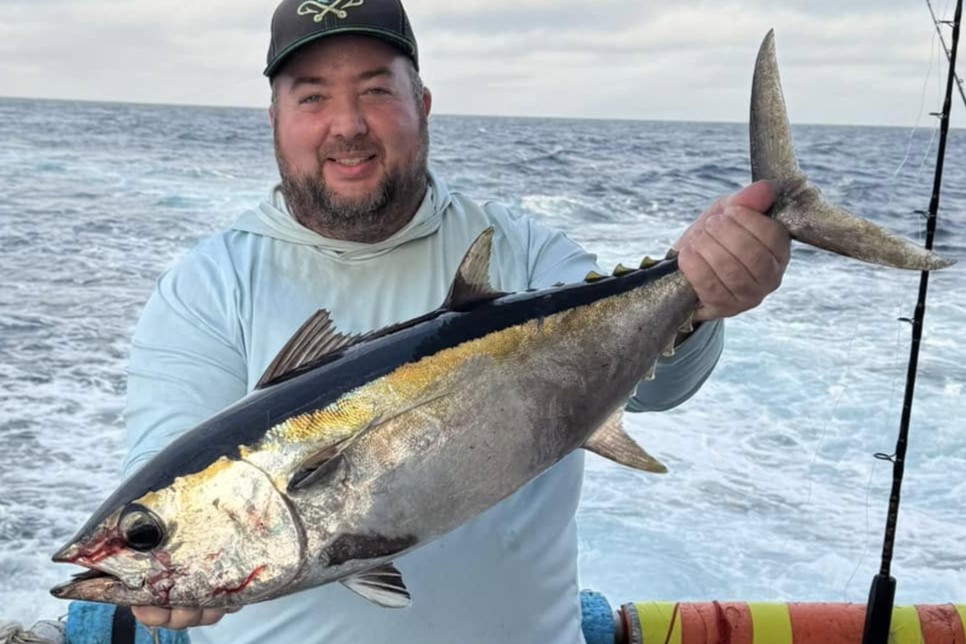
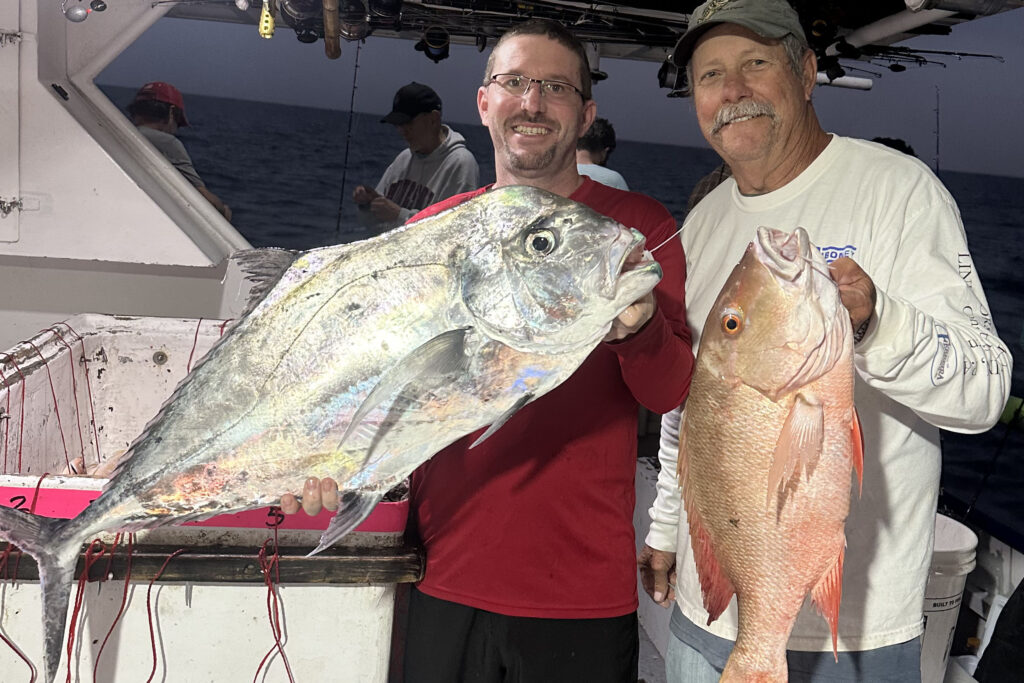
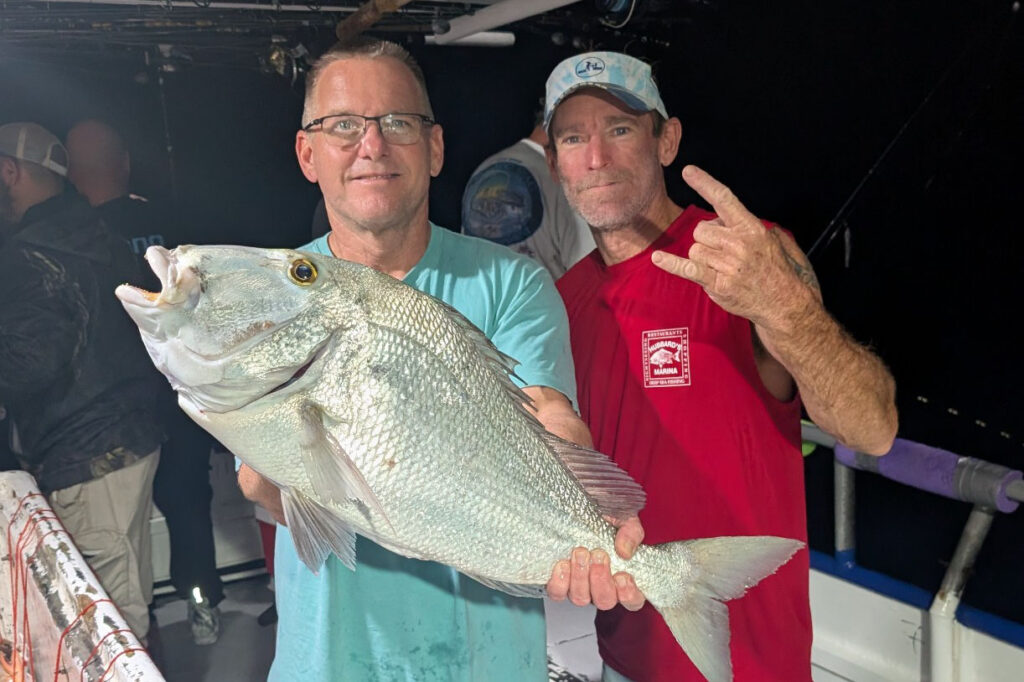
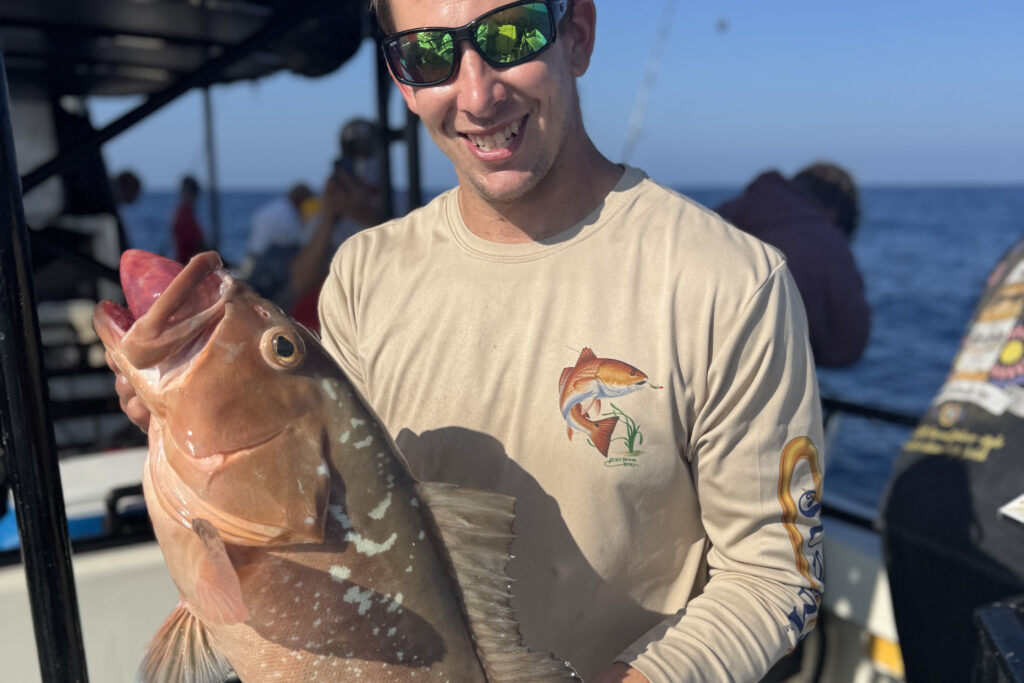
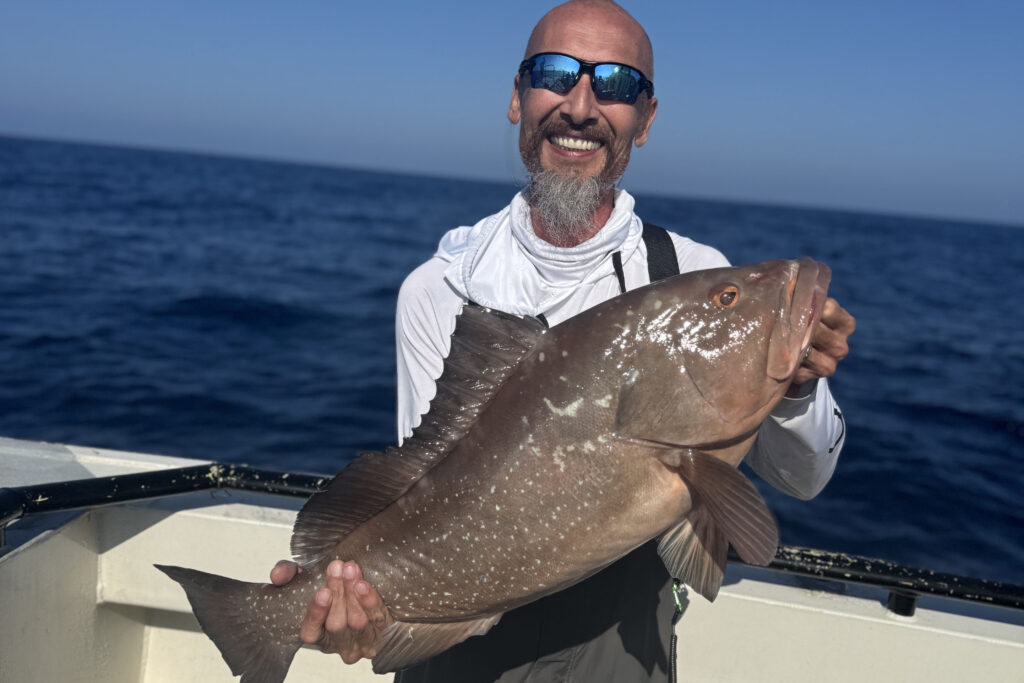
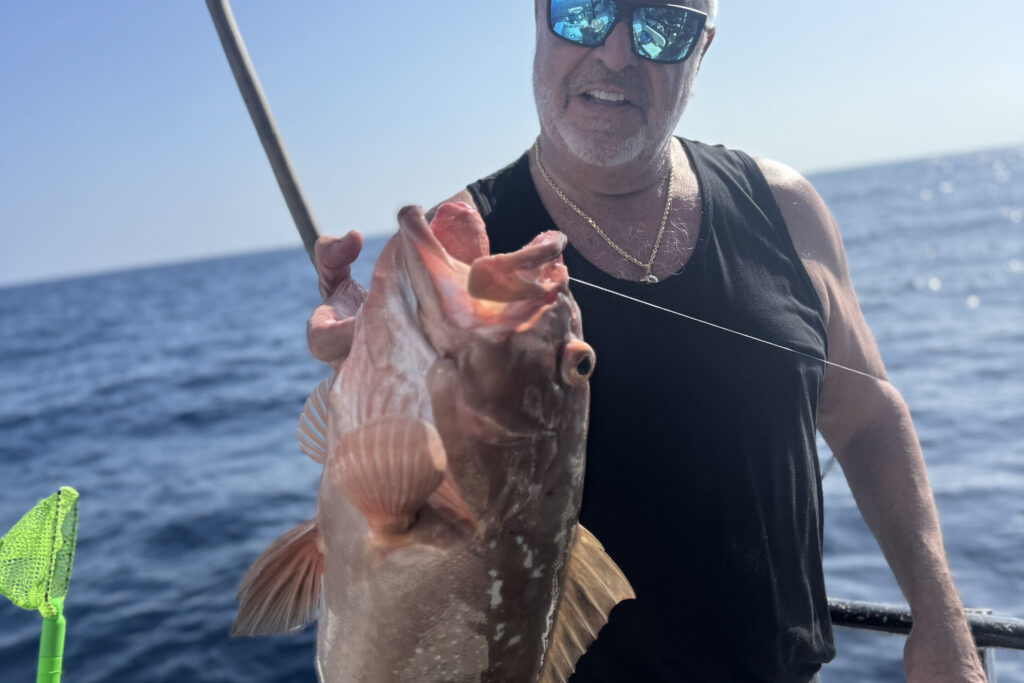
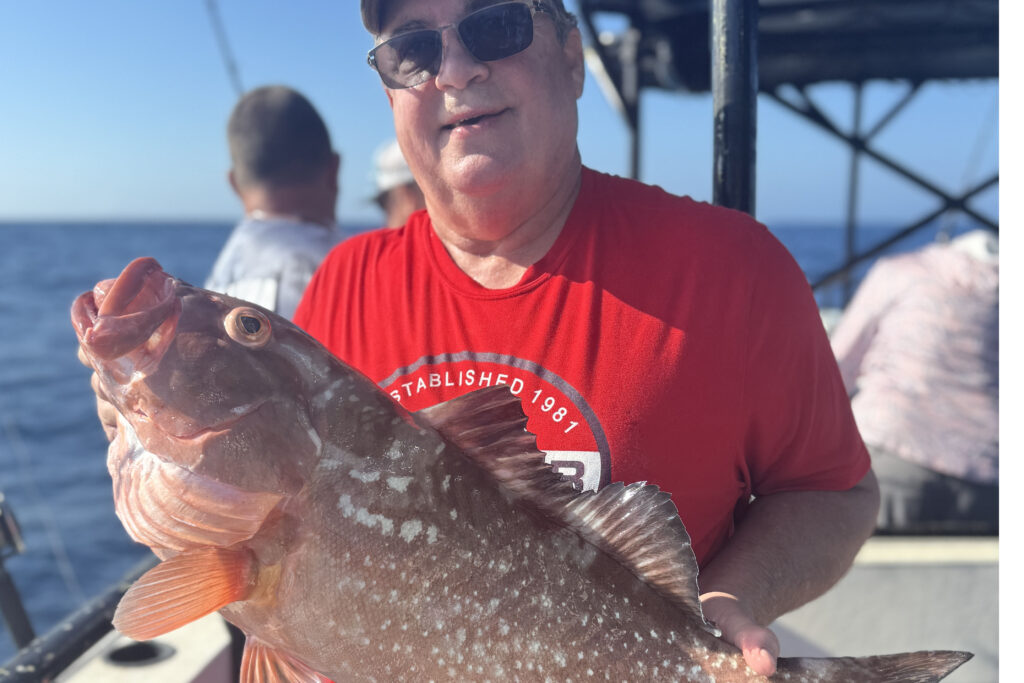
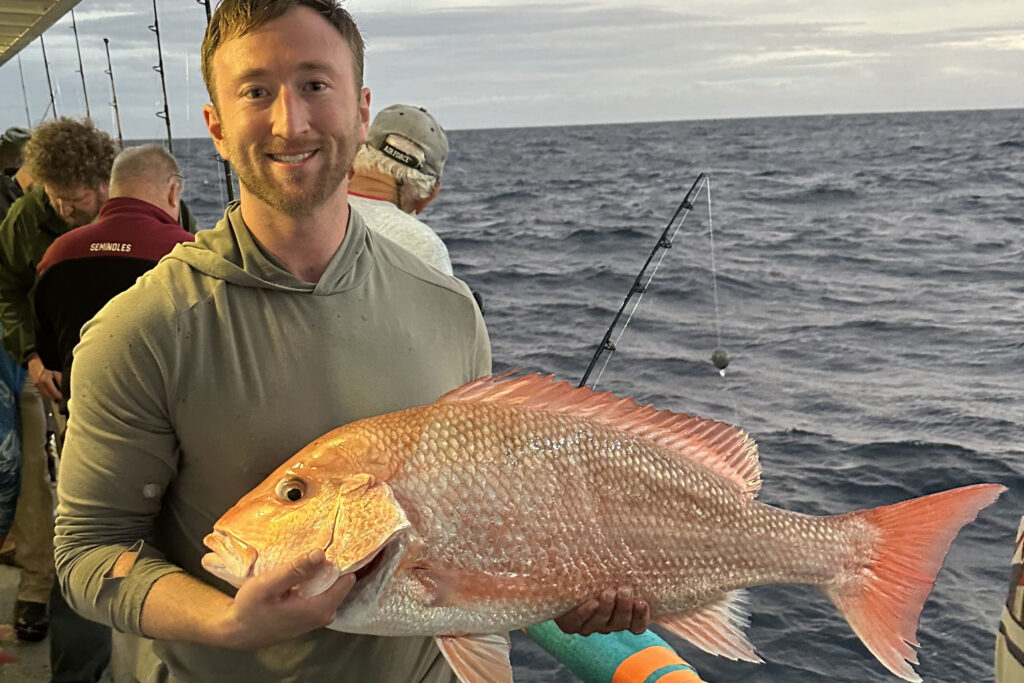
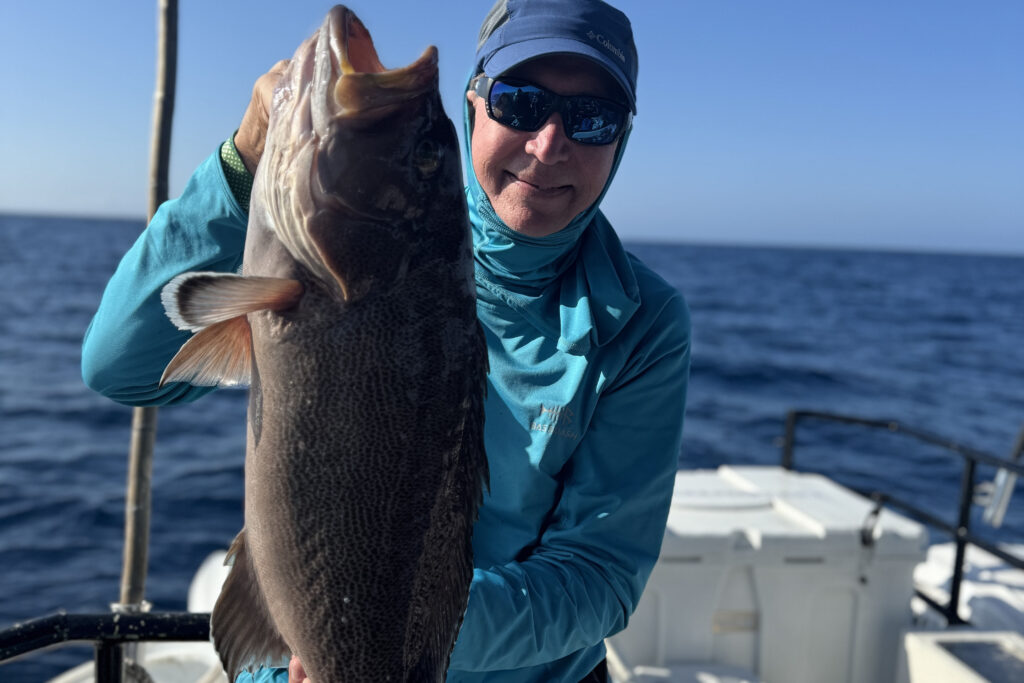
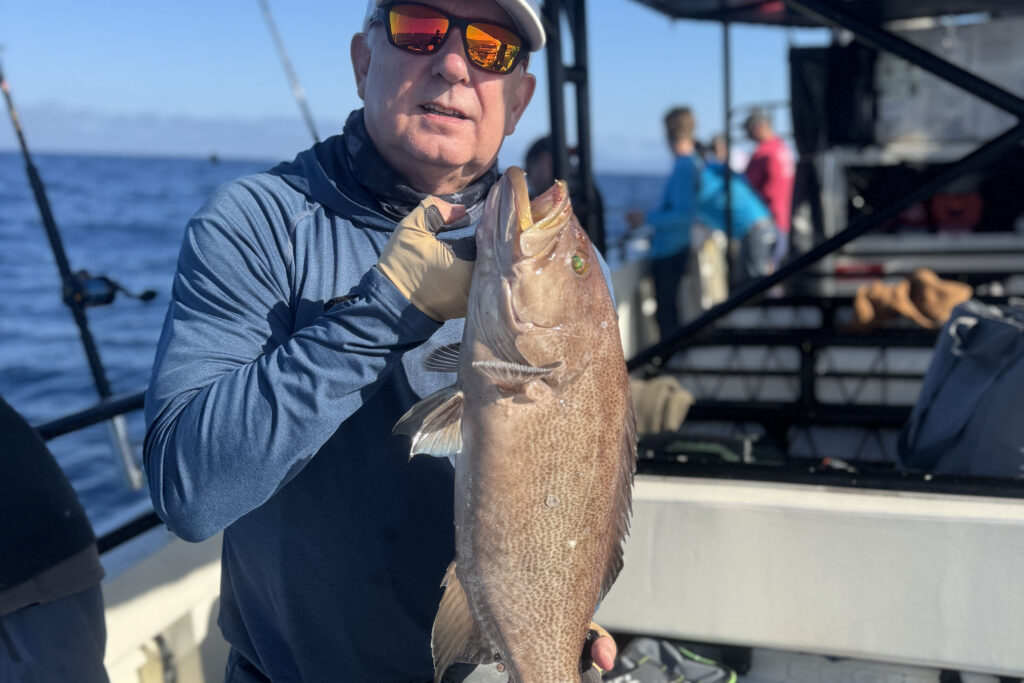
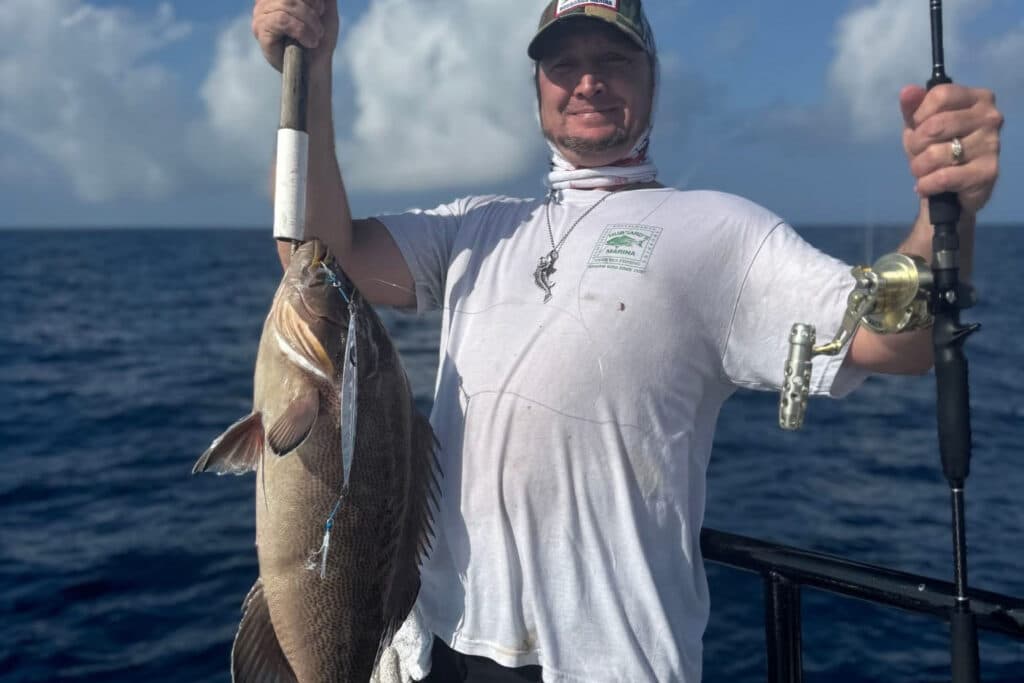
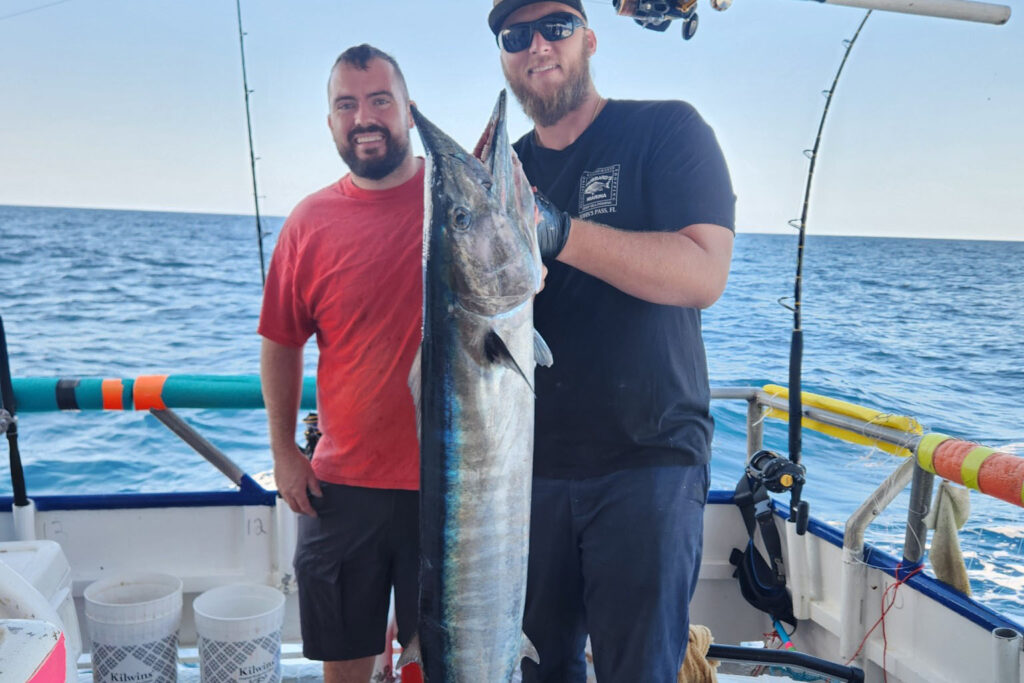
Red Snapper Closed, Triggerfish Closed
While red snapper and triggerfish seasons are now closed, there’s still plenty of action offshore with other species. Triggerfish are closed January & February and also June & July but open the rest of the year. Red snapper will open again June first for three months and perhaps even a little longer.
Red Grouper and Scamp Grouper
Red grouper fishing is picking up as the season reopens. We’re targeting these fish with live baits, large dead baits, and slow-pitch jigs. Scamp grouper are also cooperating well, often caught using medium pinfish or while fishing for mangroves with cut threadfin. For grouper, use 60-80lb leaders and 7-10 0t hooks.
Mangrove and Mutton Snapper
Mangrove snapper remain steady offshore, with the biggest fish biting on live pinfish. For quantity, cut threadfins on double snell rigs work well. Mutton snapper are also showing up more frequently, adding excitement to our trips. These fish respond well to both live and dead baits.
Pelagic Action is Hot
Pelagic fishing has been exciting, with blackfin tuna providing plenty of action on recent trips. These speedsters are being caught while trolling, jigging, and even during bait drops. Kingfish are also plentiful, and we’re seeing the occasional wahoo on the troll using lipped diving plugs.
Seasonal Openings:
Red grouper are open Jan 1st and should remain open until end of may
Triggerfish are open all year EXCEPT Jan, Feb, June, & July
Amberjack are open September & October
Red snapper are open June 1st through august and perhaps even a bit longer!
Gags will open most of the month of September
**all other species are open all year**
Remember that when fishing in deeper nearshore and offshore federal waters, the Descend Act requires you to have a descending device or venting tool “rigged and ready.” If you know how to use a venting tool, keep it prepared. If not, here’s some helpful advice: https://bit.ly/3L5HTnv. Using a descending device is straightforward and doesn’t require as much precision or practice as venting. You can even get over $100 worth of descending device gear for free by taking a short course on barotrauma mitigation, which helps more fish survive. The course only takes about 10-15 minutes, and you can learn valuable techniques to protect our offshore fishery. Spread the word by visiting: https://returnemright.org/.
TERMS OF REFERENCE-
Inshore: This covers the areas from the inner bays, through the bridges, and right up to the beaches.
Near Shore: This includes the coastal waters from the beaches up to twenty miles offshore, or up to a depth of 100 feet.
Offshore: This extends from twenty miles offshore or from a depth of 100 feet and beyond.
For more fishing reports, photos, videos, and other content, check out Hubbard’s Marina on Facebook, Instagram, YouTube, TikTok, Twitter, Pinterest, or Snapchat by searching for @HubbardsMarina. Remember our family motto: “If you’re too busy to go fishing, you’re just too busy!” Thank you for reading our report.
Capt. Dylan Hubbard, Hubbard’s Marina
Phone or text: (727) 393-1947
Website: Hubbard’s Marina

